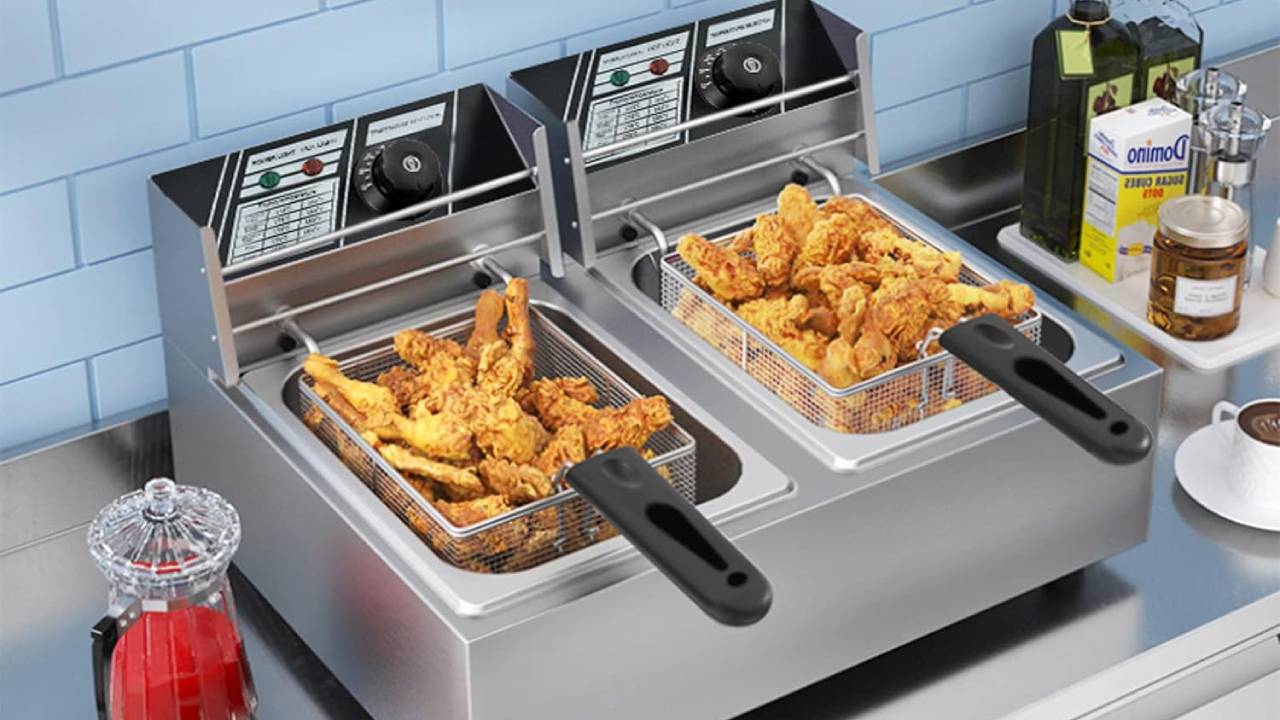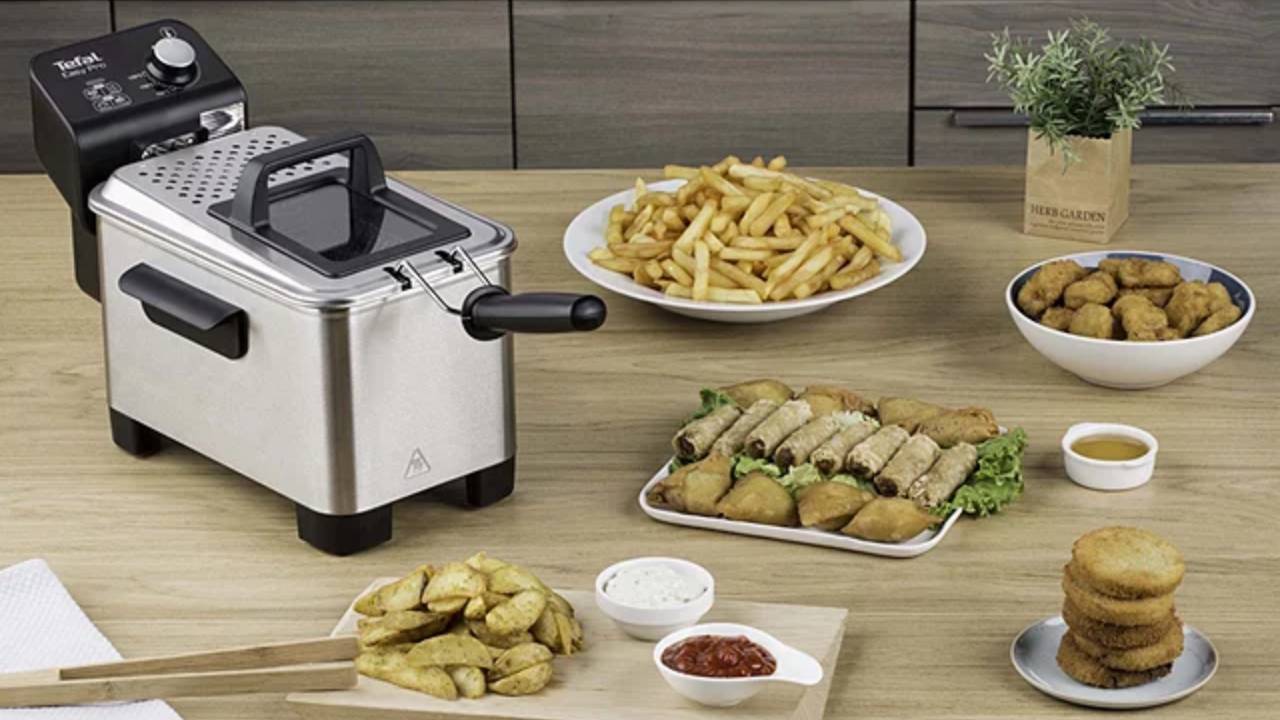
The best deep fat fryers aren’t just appliances that you see in action at your favourite fast food restaurant or takeaway house. Instead, these handy fryers make deliciously authentic fried food, including homemade chips, wedges and fried chicken, from the comfort of your own home.
If you’ve been thinking about buying a deep fat fryer, keep in mind that while they’re surprisingly simple to use, it’s still easy to make mistakes with one, especially if you’ve never used one before. Deep fat fryers submerge food in hot oil at high temperatures, so if you don’t use it correctly, you’re not only risking over cooked chips or soggy chicken. If you’re not careful, you could also be putting yourself in danger of potential burns and fires.
Here are 5 mistakes everyone makes with deep fat fryers and how to avoid them for the best cooking results.
1. Frying at the wrong temperature
When it comes to using a deep fat fryer, you need to get the temperature of your oil just right. If you’re nervous about hot oil or burning your food, you might be tempted to keep the temperature as low as possible, but this is a big mistake. Having the temperature too low means your food will be in the fryer for longer which results in the food soaking up the oil and becoming soggy rather than crispy. On the other end of the spectrum, having your oil at too high a temperature will cook your food too quickly, so it’ll come out dry or undercooked on the inside and burnt on the outside.
To get your deep fat fryer at the right temperature, experts recommend staying between 325 - 375°F or 170 - 190°C. It’s always important to follow the instructions for the deep fat fryer you’ve bought, and make sure to test if the oil has reached the right temperature by adding a small quantity of food into it. If the food sinks, the temperature is too low and if it burns, it’s too high. Instead, your food should sizzle and float if you’ve got the perfect temperature.
2. Overcrowding the fryer
Overcrowding your fryer will give you inconsistent cooking results. For perfect deep fat fried food, you need to maintain a consistent temperature during the cooking process and constantly adding food to it means the oil will drop in temperature, leaving you with greasy and soggy food. Similarly, if you cook food that’s too big in your deep fat fryer, it’ll take longer to cook and won’t cook as thoroughly. It’s best to fry chips, chicken, doughnuts and other foods in small batches and smaller sizes for the best results.

3. Using the wrong type and amount of oil
Before you pour your oil into the deep fat fryer, make sure you’re using the right type and amount of oil. Neutral oils, like sunflower, vegetable, canola and peanut have higher smoke points, making them perfect for frying with. They also don’t have any flavouring so you won’t affect the flavour of the food you’re cooking. Other oils might be healthier to use but they have a lower smoke point and won’t perform as well.
The amount of oil you use is also important. Too little and your food won’t cook properly but too much puts you at risk of accidentally burning yourself or even causing a grease fire. Most appliance manufacturers recommend filling your fryer with around two-thirds of oil to be on the safe side.
4. Salting food before deep fat frying
Unlike with the best air fryers, it’s best to avoid seasoning your food before it goes in the deep fat fryer. Salt and other seasonings can affect the oil, causing it to splatter excessively and potentially burn you. Instead, put your food in the deep fat fryer unseasoned (or season it underneath the batter if you’re cooking fried chicken or fried fish) and season it after you’ve taken your food out of the fryer. Salting your food while it’s still hot will also help the seasoning stick more effectively.
5. Not changing or disposing the oil correctly
Once you’ve finished deep fat frying, it’s important to change and dispose of your oil correctly. Throwing away a substantial amount of oil can feel like a lot of waste, so you can reuse your fryer’s oil a few times, by letting it cool before straining it and storing it in a container. However, if you use the same oil too frequently, this can ruin the flavour of your food and make it overly greasy or burnt. Heating the same oil over and over again can also increase the risk of grease fires as the smoking point lowers as the oil breaks down. Instead, stick to reusing the oil only a few times before throwing it away.
When you dispose of oil, remember to never pour it down the sink as this can block your plumbing. An easy and clog-free way to dispose of oil is to pour it into a container and throw it away like that.







